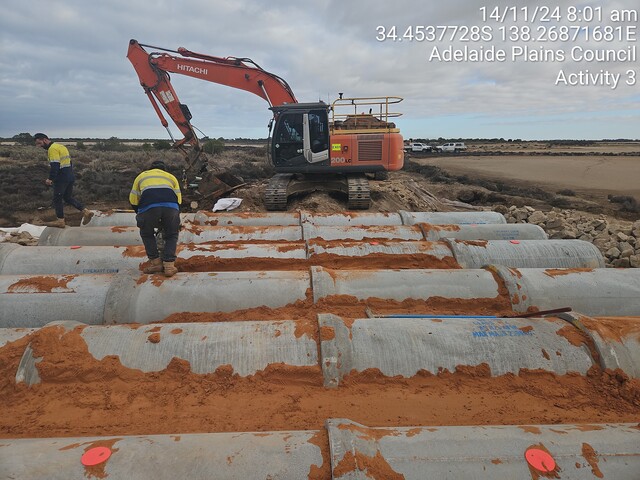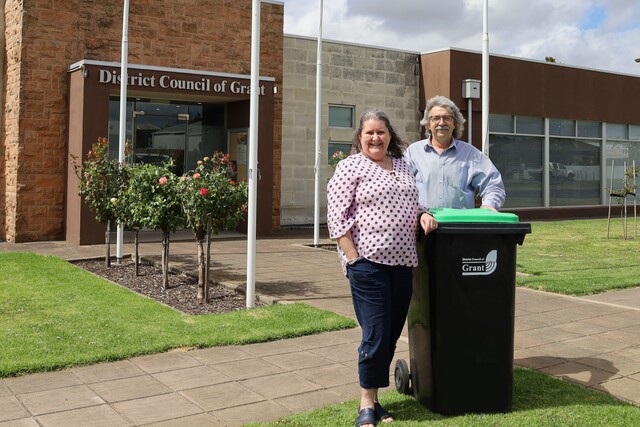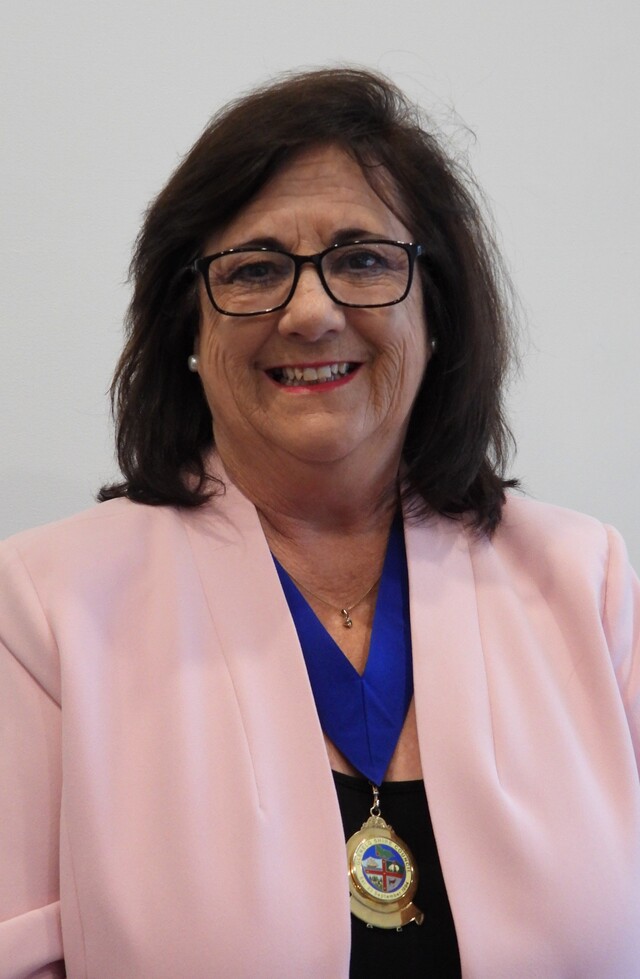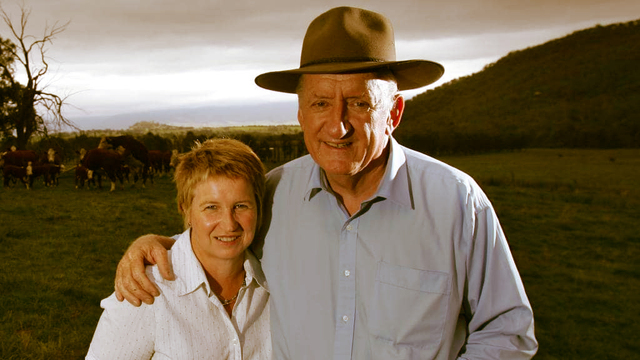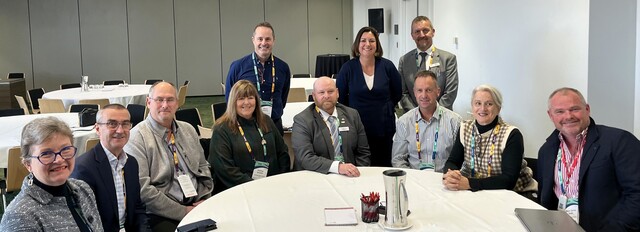Just four years after Tasmania restructured Local Government, reducing Councils from 46 to 29, a new round of amalgamations has commenced. The Local Government Board, which will review Council boundaries, is being chaired by Andrew Kemp, Chairman of Directors of Kemp and Denning Ltd.
The four other Board members include Barry Southorn, nominee of the Local Government Association of Tasmania, and Susan Smalldon, nominee of the Institute of Municipal Management. The Minister’s Terms of Reference for the Board set down that there should be no more than 15 Municipal areas in the State, and this must include a Greater Hobart and Launceston as single areas.
The review must be completed by October and it is expected that elections for the new Councils will take place early in 1998. In a major Government Directions Statement, the Premier Tony Rundle, said the review aims to achieve smaller, more efficient Local Government.
The reform package measures include municipal rates being capped for three years following the amalgamations and possible legislation for rate reductions in some areas. State and Local Governments will also become liable for the other’s rates and taxes.
The proposal for a Hobart Super Council will result in a population of 160,000, with the merging of Hobart, Glenorchy, Brighton, Clarence and Kingborough Councils. With some 120,000 people expected to be part of a Greater Launceston, questions have been raised about the viability of 12 much smaller entities catering for Tasmania’s remaining population.
President of LGAT, Cr Sue Smith said that with a large Council of 160,000 in the South and another of 120,000 in the north, the North West Coast should seriously consider forming a regional Council of 80,000. Criticism has also been made of the timing of this overhaul, so close to the last restructure with many Councils still grappling with these and other recent reforms.


